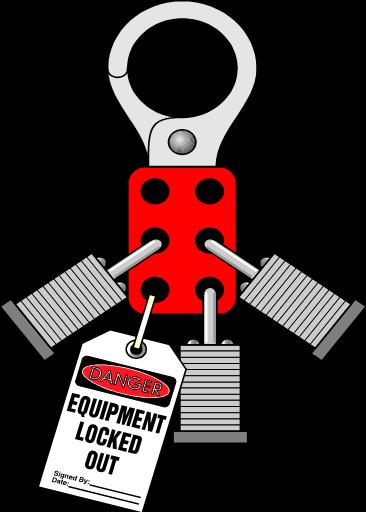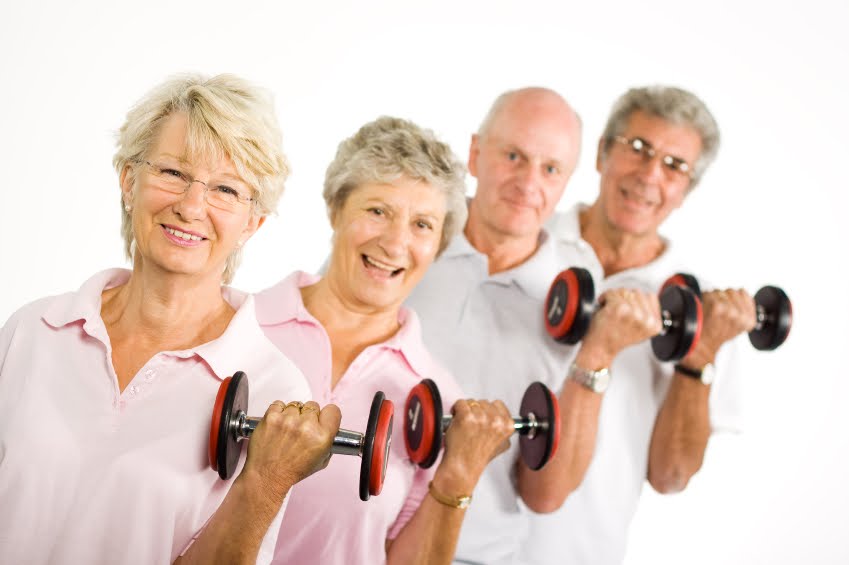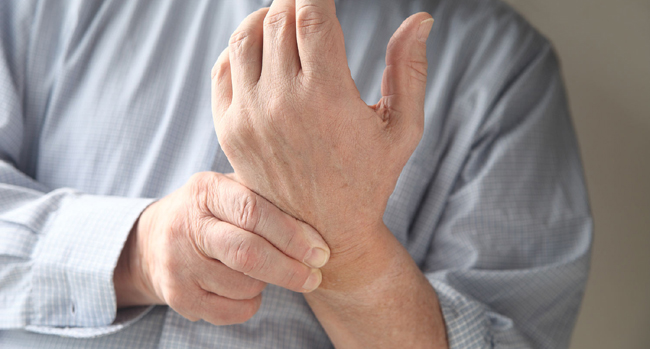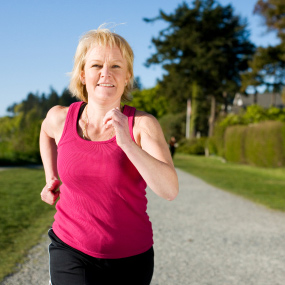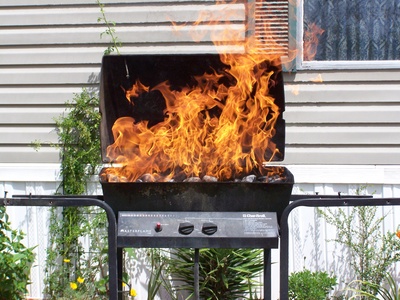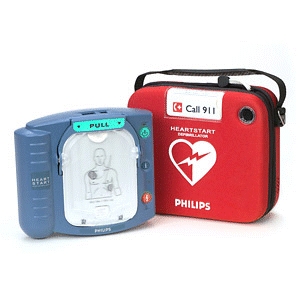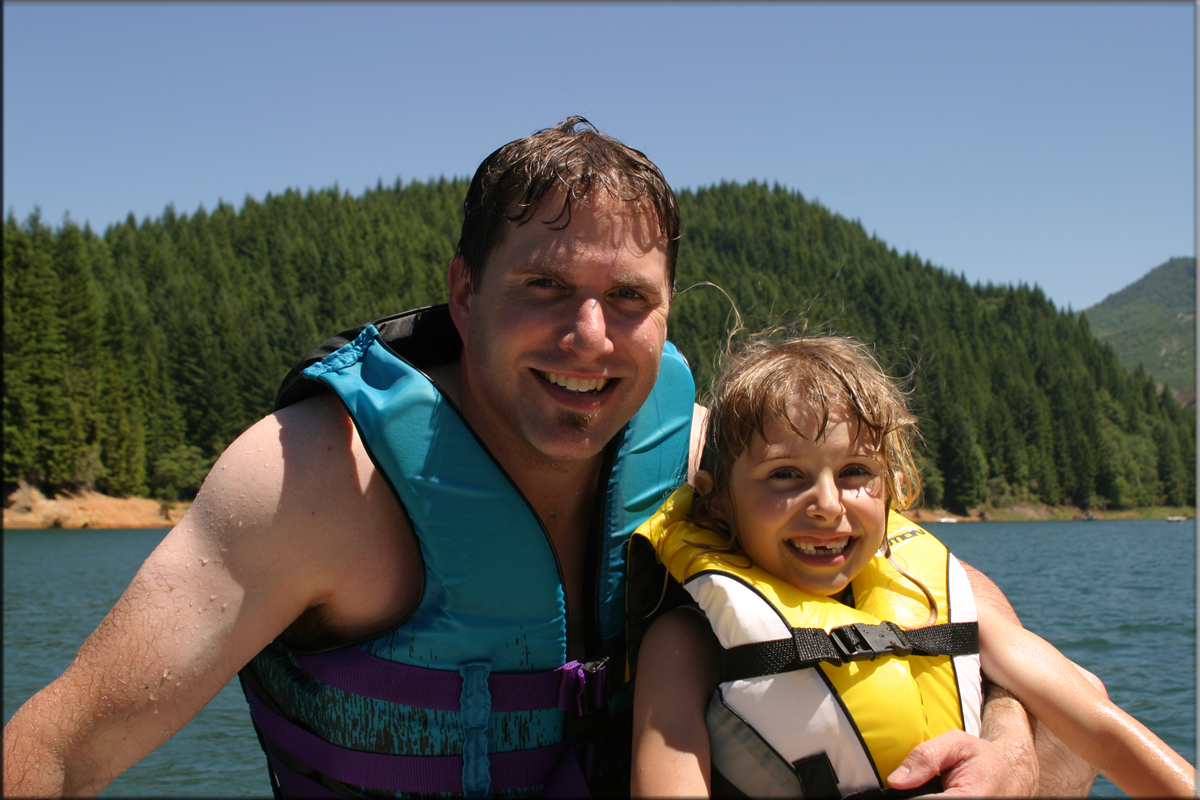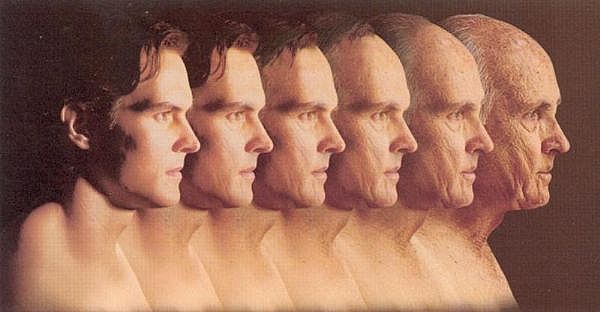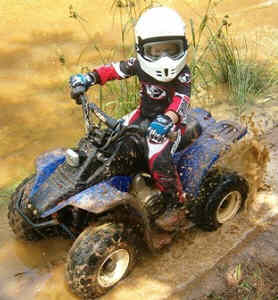 All ATV riders should take a hands-on safety training course.
All ATV riders should take a hands-on safety training course.- Children who are too young to have a driver’s license should not be allowed to operate off-road vehicles. Children are involved in about 30 percent of all ATV-related deaths and emergency room-treated injuries.
- Don’t ride double. Passengers are frequently injured when riding ATVs. Most ATVs are designed to carry only one person: the driver. Passengers can make ATVs unstable and difficult to control.
- Because their nervous systems and judgment have not fully developed, off-road vehicles are particularly dangerous for children younger than 16 years.
- All riders should wear helmets, eye protection, sturdy shoes (no flip-flops), and protective, reflective clothing. Appropriate helmets are those designed for motorcycle (not bicycle) use, and should include safety visors/face shields for eye protection. Wearing a helmet may prevent or reduce the severity of these injuries.
- ATVs lack the common safety equipment found on all cars and trucks that are designed for street use. ATV tires are not designed to grip on pavement, so operators should not ride on paved roads. Parents should never permit nighttime riding or street use of off-road vehicles.
- Flags, reflectors and lights should be used to make vehicles more visible.
- Drivers of recreational vehicles should not drive while under the influence of alcohol, drugs or even some prescription medicines. Parents should set an example for their children in this regard.
- Young drivers should be discouraged from on-road riding of any 2-wheeled motorized cycle, even when they are able to be licensed to do so, because they are inherently more dangerous than passenger cars.
via Summer Safety Tips.

